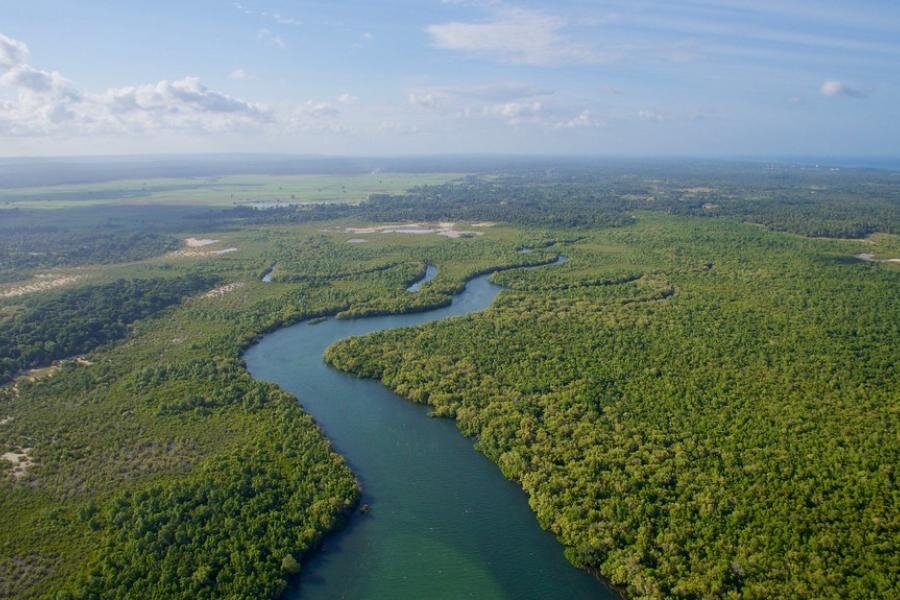Mangroves were once seen as inhospitable malarial swamps and were among the fastest disappearing habitats in the world.
Now, with research from Bangor University in Bangor, Wales, one community project in Kenya is working to restore mangroves in a project which revitalizes local communities and makes them more resilient.
Dr. Martin Skov of the Bangor University School of Ocean Sciences is involved in the partnership in southern Kenya.
This work builds on a long-term partnership among Dr. James Kairo of the Kenyan Marine and Fisheries Research Institute (KMFRI), Prof. Mark Huxham of Edinburgh Napier University, Dr. Martin Skov of Bangor University, and other colleagues.
The partnership set up the world’s first carbon-trading projects arising from the protection of a marine system.
The Mikoko Pamoja (meaning Mangroves Together in Swahili) community project in southern Kenya was accredited in 2013 and has won multiple awards.
A second project, Vanga Blue Forests, has since been created, and more are under way.
The team set up the ACES charity to manage the trading of carbon credits arising from the protection of mangroves and to promote conservation projects with coastal ecosystems in Africa. For more information, see the ACES website.
Martin explains, “Mangroves occur worldwide in the tropics, especially within five degrees of the equator. Known as blue carbon ecosystems, they are home to saltwater marshes, seagrass prairies, and marine forests. Mangroves are vital to climate change. They cover only 0.1% of the earth’s surface but capture and store almost five times more carbon than rain forests. When trees on land die they release carbon into the atmosphere, with mangroves however, carbon is trapped in the roots and mud where it can stay, underwater for thousands of years.”
Now, thanks to investment and projects such as Mikoko Pamoja, organizations are paying for the planting and conservation of mangroves, in order to offset their carbon.
This doesn’t only help the mangroves; it helps local communities both survive and thrive.
Photo of mangroves in Kenya courtesy of Bangor University.

